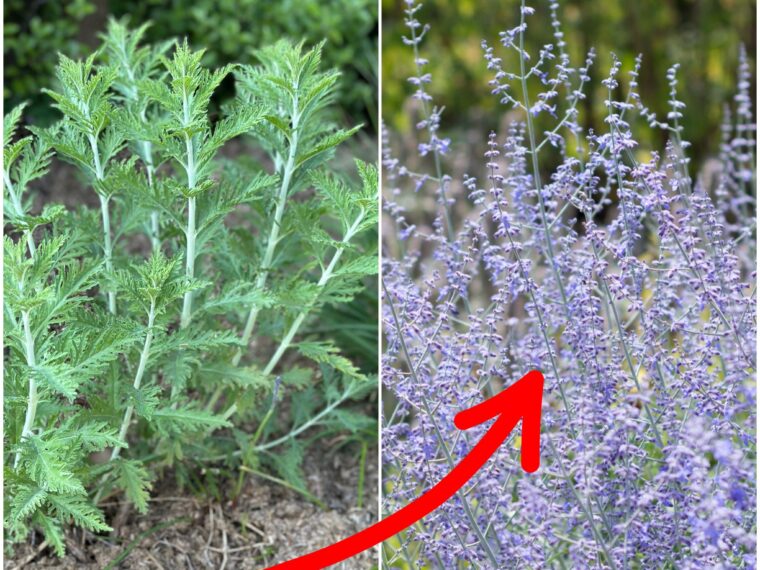Maximize Blooms with These Proven Tips
Russian Sage (Perovskia atriplicifolia) is a garden favorite known for its long-blooming, fragrant, lavender-blue flowers and silvery foliage. While it’s naturally a prolific bloomer, with the right care, you can encourage your Russian Sage to burst into tons of blossoms throughout the summer and even into early fall.
Whether you’re just planting one or already have it in your garden, this guide will help you unlock its full flowering potential.
🌞 1. Choose the Right Location: Full Sun is Key
Russian Sage thrives in full sun. It needs at least 6–8 hours of direct sunlight daily. The more sun it gets, the more vigorous and floriferous it will be.
- Avoid planting in shaded or partially shaded areas.
- If your plant looks leggy or weak, it might not be getting enough light.
💡 Tip: South-facing spots are ideal for maximum sun exposure.
🌱 2. Plant in Well-Drained Soil
This drought-tolerant plant doesn’t like “wet feet.” Poor drainage can lead to root rot and fewer blooms.
- Amend heavy clay soil with sand, compost, or gravel to improve drainage.
- If you’re planting in a raised bed or container, ensure water can drain freely.
💡 Avoid rich, over-fertilized soil — it can cause excessive foliage growth at the expense of flowers.
✂️ 3. Prune Properly for More Blooms
Pruning is crucial for getting a lush, bushy shape and abundant flowering.
- In early spring (March or April), cut the stems back to about 12–18 inches tall.
- This stimulates new growth, which produces the flowers.
- Lightly deadhead (remove spent flower spikes) during the blooming season to encourage new buds.
💡 Don’t be afraid to prune hard — Russian Sage is a vigorous grower.
🌿 4. Water Wisely
While Russian Sage is drought-resistant, young plants need regular watering to establish roots.
- Once established, only water during prolonged dry periods.
- Overwatering leads to weak, floppy stems and reduced blooming.
💡 Let the soil dry out between watering. This mimics its natural habitat.
🌼 5. Provide Proper Spacing
Air circulation and space are important.
- Space plants 18–24 inches apart.
- Crowded plants may become leggy and prone to fungal diseases, which reduce blooming.
💡 Proper spacing also ensures every stem gets sunlight.
💪 6. Support the Stems
In very fertile soil or shady areas, Russian Sage can flop over.
- Use a small garden cage or stake to keep plants upright and allow flowers to be more visible.
- Upright stems mean more flowers will get sun and continue blooming.
🌸 7. Be Patient and Consistent
Russian Sage often blooms more profusely in its second or third year after planting. Don’t be discouraged if your plant doesn’t explode with blossoms right away.
💡 As long as it’s growing strong, future years will reward you with a floral show.
🐝 Bonus: Enjoy the Pollinators
By encouraging tons of blossoms, you’ll also attract:
TO CONTINUE READING THE ARTICLE PLEASE SEE PAGE 2




